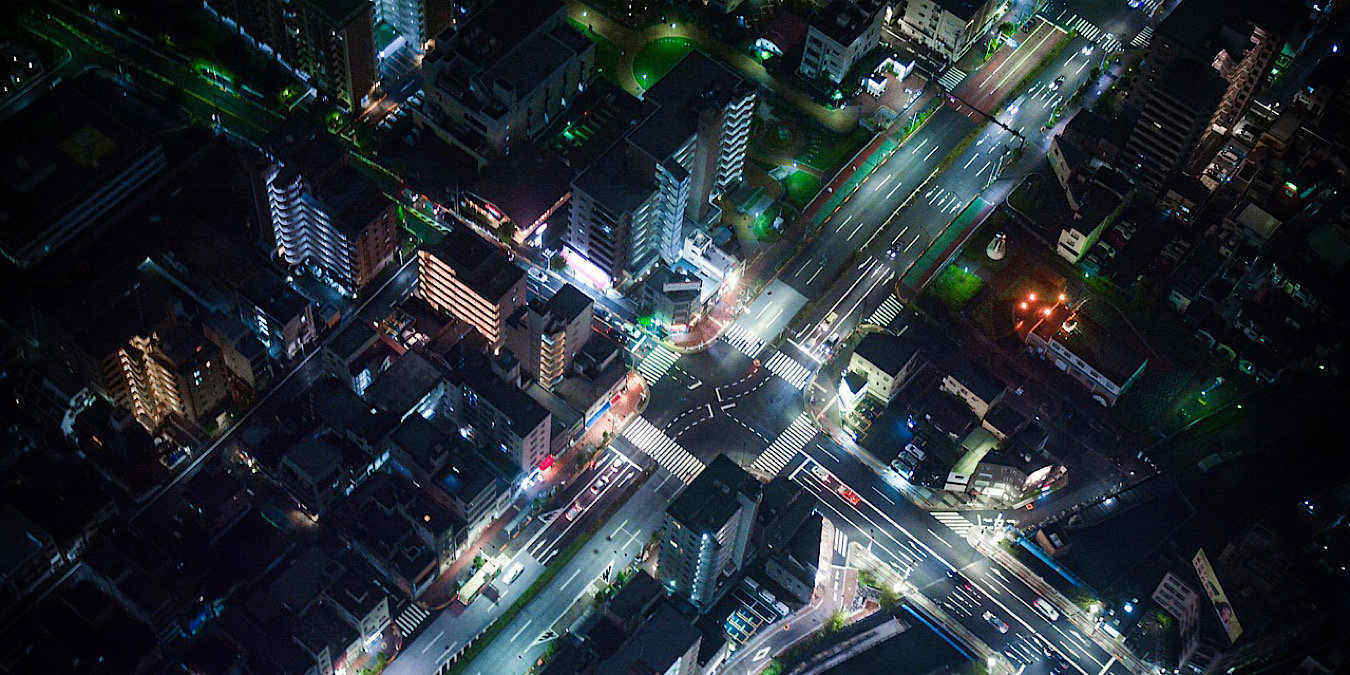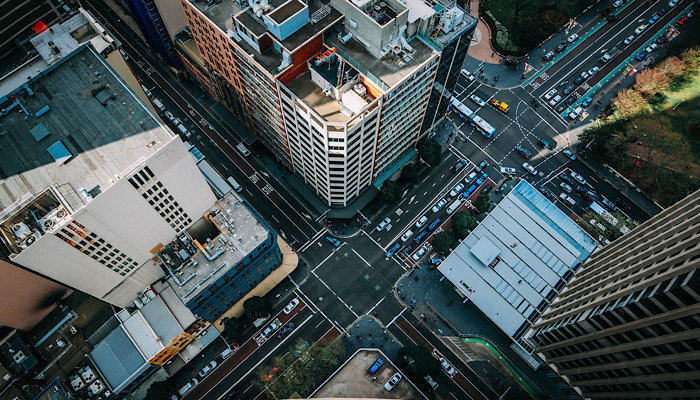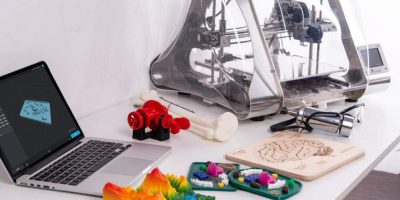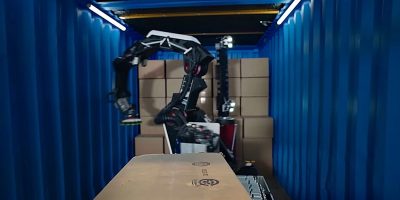
We’ve been spending so much time thinking about the safety of autonomous cars as they drive, that we haven’t stopped to think about what happens when they drop off passengers.
How will they negotiate the best place to drop someone off? We all know the best place to be dropped isn’t necessarily right immediately in front. Sometimes it’s close to the side door over here. Or it may be that there are other vehicles where the self-driving car needs to drop you off. How will it decide what is the best place to drop you off?
Self-Driving Cars’ Next Problem
Isn’t it annoying when you plug a destination into a navigation map, and it puts you across the street, down the block, etc? Will self-driving cars have this same problem? If they can’t program the navigation apps to get it exactly right, how are self-driving cars going to do it?
The dropoff question was raised in a Fobes article by Lance Eliot, an artificial intelligence, machine learning, and autonomous cars expert.
Even an expert on autonomous cars isn’t sure of the answer here, as he referred to it as “a quite vexing problem,” recognizing that it’s “not yet seemingly very high on the priority list of AI developers for autonomous cars.”
Eliot discusses whether self-driving cars will at some point break the law when they drop someone off, posing that if it ends up double-parking even though it’s illegal, then that’s not true that they won’t ever break the law.

He writes that sometimes humans need to break the law, so the question is if autonomous cars will as well, specifically when it comes to finding a place to drop you off.
The best drop-off spot, according to Eliot, should:
- be close to the desired location
- allow you to get out of the car easily
- ensure your safety
- ensure the safety of the car
- not interfere with traffic
This means the self-driving car will need to make a decision. Helping it do so will be its cameras, radar, LIDAR, ultrasonic, and other sensors. These will collect data in real-time about the situation, leaving the AI to ultimately figure out the best spot.
Of course, that above algorithm also needs to take into effect the time of day and the weather. A big rain puddle could change the dropoff slightly and so could a huge snow mound. Road repair could affect this as well
ODDs
Perhaps this is where an ODD will take over. These are Operational Design Domains. Each car can have its own set of ODDs. These determine the standards the car will obey. Once they reach their limit and the situation is outside its ODD, the car will pull over or find a “minimal risk condition” setting.
When parking, the car could have an ODD. If it couldn’t find an acceptable spot, it would need to pull over. But if it’s not finding a spot to pull over with you, this means it would struggle to find a place to pull over as well to obey the ODD, and that wouldn’t be good either.
How do you suggest self-driving cars handle the drop-off situation with passengers (other than just not having autonomous cars on the roadway in the first place)? Tell us your thoughts in a comment below.









